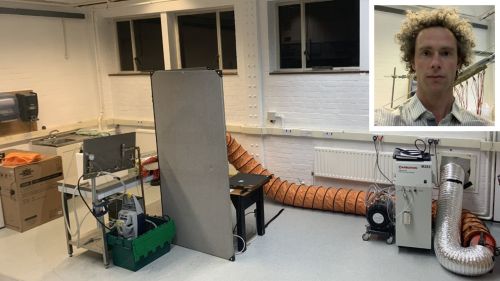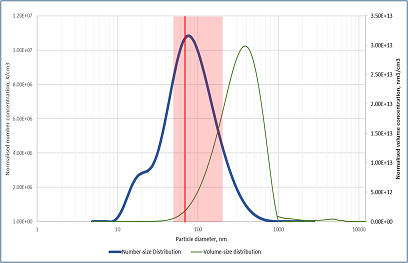
In the mists of innovation: Downing student's research into Marine Cloud Brightening
Downing postgraduate Edmund Reardon is undertaking PhD research into Marine Cloud Brightening (MCB), a way to increase cloud reflectivity for regional sea surface cooling.
The idea of MCB was originally proposed as a way of reducing the average global temperature. Regional applications of MCB have also been suggested, including subduing hurricane seasons, slowing the loss of arctic ice, stabilising the Antarctic ice sheets, and reducing the bleaching of coral reefs.
MCB is currently being tested in field trials at the Great Barrier Reef in Australia, along with a programme of other techniques, to try and reduce mass bleaching events. This makes up part of the Reef Restoration Adaptation Program.
The major technical challenge is to develop a spray system capable of meeting the droplet size, spray rate and energy requirements.
Edmund is part of a team that researches different spray techniques and has himself researched the potential of several candidate sprayers to meet the requirements of the MCB, and has arrived at the idea of superheated atomisation. This involves heating the seawater to above 100C under pressure, causing it to flash boil at the exit of the sprayer’s nozzle, atomising it into small droplets. The experiment has demonstrated the production of droplets in the correct size range for MCB.
The rest of his PhD is aimed at developing the sprayer to have sustainable energy requirements and to improve control of the size distributions through variation of several parameters, including pressure, temperature and the geometry of the nozzle.
To do this, he must construct an experimental apparatus capable of changing and controlling the variables under investigation. The experiment will generate large quantities of size distribution data which will allow for energy efficiency optimisation.
Speaking of his work, Edmund said: “This work will help facilitate field trials that test the theory which predicts the requirements of sprayers and the potential of MCB for cooling. It will also help determine if this type of sprayer could be scaled up for wider use.”
Edmund was inspired to begin this study due to his interest in cloud brightening. Having looked into the subject, he was surprised how few people were developing or testing sprayers to see if it was achievable.
He said: “When I set out I could count on one hand the number of groups working in this field, even though this is something we’re very likely to need in the future.
“MCB is no alternative to reducing emissions, which is the only way to address the underlying problem. However, the trajectory of the Arctic and coral reefs is clear and research should be underway now due to the potential benefits and time scales involved.”
Published 25 April 2024

